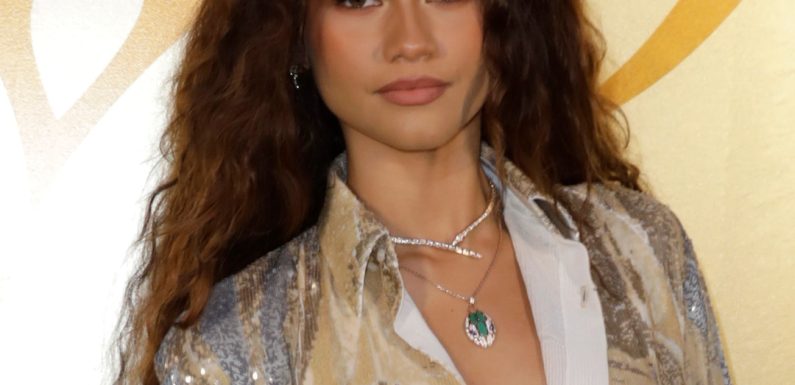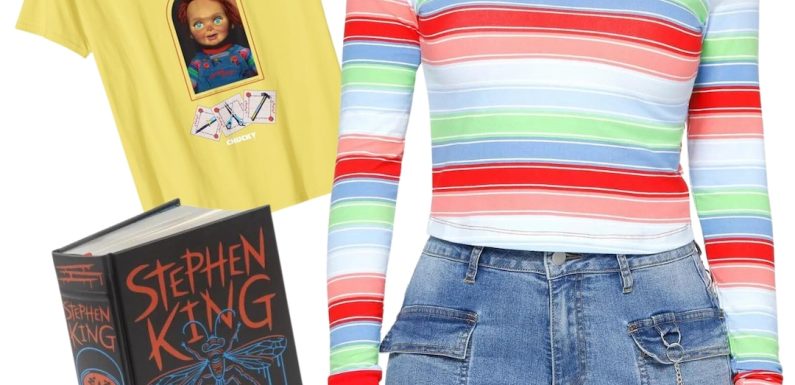Although the nationwide news continued to concentrate their attention on white homosexual guys since the main victims regarding the AIDS epidemic within the early 1980s, the herpes virus continued to infect black colored homosexual males in Washington, DC.
At the regional degree, the ClubHouse emerged as a niche site where in fact the virus’s effect on black colored homosexual guys became perceptible. DC black colored activist that is gay Cheeks managed the ClubHouse in its very very early years. In the oral-history narrative, Cheeks remembered just exactly exactly how black male people in the ClubHouse started initially to fade away through the club into the very early ’80s. Noticing that a number of the users had become unwell and had been not any longer able to go to, Cheeks made a decision to make a move to simply help their community. And also other community users, Cheeks raised funds through the club procedures on Tuesday evenings and provided it to individuals who were not able to operate or spend their lease. The club additionally held a night out together auction called Slaves for adore, pajama parties, party marathons, and other fundraising events to help those who had been ill. Cheeks recalled delivering limousines to get people who had been too sick to come calmly to the club to their very very very own therefore that they might see such acts as Patti LaBelle, the elements Girls, and Nona Hendryx. Fundamentally, he started to arrange individuals into friend systems, designating individuals who may help club that is ill with cleaning and everyday tasks. 28
This casual system of community care ultimately progressed into an organization that is formal Us Helping Us, People into Living, Inc., a longstanding black colored AIDS organization in DC.
In 1986 Cheeks, been trained in yoga and fighting styles, started a meditation team during the Clubhome. This meditation team expanded in to a program that is twelve-week would sooner or later get to be the signature work of United States Helping United States. This program took a holistic approach and centered on interventions through diet, cooking, meditation techniques, nature retreats for psychological healing and workshops aimed toward helping people be without any the shame and pity connected with their infection. Twenty-two individuals turned up during the help team when it relocated to Cheeks’s apartment after the ClubHouse closed in 1990. 29 Ron Simmons, the ultimate manager of Us Helping United States, went to this first conference. Simmons’s existence in the conference is significant, provided his previous review, posted in Blacklight, indicting the black colored homosexual intelligentsia because he feared they would “use their energies to prepare AIDS research fundraisers, or lobby Congress to ideal more money for AIDS research. ” 30 Simmons’s participation in this system demonstrated its important part as a mode of “intravention, ” a grassroots effort that developed endogenously within black colored homosexual communities, a mode of caretaking and a political strategy against a virus that has been significantly impacting the city but about that your community had small knowledge. 31
Us Helping Us isn’t the institution that is only emerged out from the ClubHouse to confront supports black colored communities. The ClubHouse hosted a yearly celebration for its staff and people called “the Children’s Hour. ” The first celebration had been held in 1976 but became a nationwide occasion that received African US lesbians and homosexual males from all over the usa to the town. In line with the Rainbow History venture, the celebration founded Memorial Day week-end in DC as a nationwide occasion, using the Children’s Hour celebration on Sunday because the capstone. The clubHouse suffered declining membership—mostly because of the devastating impact of AIDS, with estimates of its membership lost to AIDS as high as 40 percent in the late 1980s. The club owners held the Children’s that is final Hour on Memorial Day week-end in 1990. The following year, another longstanding black colored LGBT organization, Ebony Gay Pride, filled the empty slot kept by the Children’s Hour. DC Ebony Gay Pride occasion has had put on Memorial Day week-end from the time. 32 In DC, Ebony Gay Pride started as an advantage to invest in AIDS avoidance efforts in DC’s black communities that are gay. Neighborhood AIDS organization close friends, which developed from the formations of community care that started when you look at the Clubhome, come up with the first Ebony Gay Pride occasion to provide returning to AIDS solution companies like the Inner City AIDS system (ICAN). Close friends and ICAN were among the list of very very first to direct their services toward communities of color. Relating to Gil Gerald, previous president associated with DC and National Coalition of Black Gays, the type of cultural specificity and social competence developed through these grassroots efforts of black lesbian and gay communities in Washington, DC, would act as helpful tips for national promotions against AIDS in black colored communities. 33
Other black colored homosexual nightclubs, such as for instance Jewel’s Catch One in l. A., would fundamentally join the fight helps with black colored communities. 34 but, the ClubHouse stays distinct because of its very early part in black colored homosexual grassroots struggles against AIDS and also as a niche site of memory that archives the trace regarding the terrible, yet mainly unremarked, impact associated with the AIDS epidemic on black colored homosexual guys. Also, by situating the ClubHouse in the racialized and classed geographies of homosexual tradition in Washington, DC, this essay demonstrates the way the racial and class stratification of homosexual space that is social not just into black colored homosexual collective approaches for developing culturally certain AIDS promotions but additionally to the community’s knowledge of the disease’s origins. The discrete intimate companies that black homosexual men formed—based on provided geographical location and socioeconomic back ground and involvement in social areas of intraracial affiliation just like the ClubHouse—promised to safeguard them from illness. Yet the alarming amounts of black colored guys contracting herpes in DC during the early 1980s—including a sizable percentage of the ClubHouse’s membership—told a various story. The ClubHouse turns into a site that is complex of retelling, showing the requirement for scholars to go to not just to neighborhood social reactions into the AIDS epidemic but also to how those reactions are situated within specific social geographies.
Darius Bost is Assistant Professor of sex Studies at bay area State University. He could be in the office on their very very first book-length task, which explores the renaissance of black colored gay literary works and culture in nyc and Washington, DC, in the 1980s and 1990s alongside different formations of violence directed toward black colored homosexual males with this period that is same.
Cathy Cohen, The Boundaries of Blackness: AIDS and also the break down of Ebony Politics (Chicago: University of Chicago Press, 1999), 95–97. ?
The Rainbow History venture is an all-volunteer, not-for-profit organization aimed at gathering and preserving LGBT history in metropolitan Washington, DC. All of the dental records employed for this essay had been gathered and recorded by Mark Meinke, certainly one of the project’s members that are founding. To learn more about the Rainbow History venture as well as its camsloveaholics.com/soulcams-review/ collections, see http: //rainbowhistory.org. ?
Alan Berube includes “carding” as a “whitening training” that prevented homosexual establishments from “turning, ” meaning a big change of patronage from white to black colored and Latino. Club owners connected this change in patronage to a decrease in profits. Alan Berube, “How Gay Stays White and what type of White It Stays, ” in My wish to have History: Essays in Gay, Community, and Labor History, ed. John D’Emilio and Estelle Freedman (Chapel Hill: University of new york Press, 2011), 206. ?
Ernie Acosta, “Black Gays Raise problem in Meeting, Barry Vows Action on Bar Bias Complaints, ” Washington Blade, February 7, 1979, 1. ?






